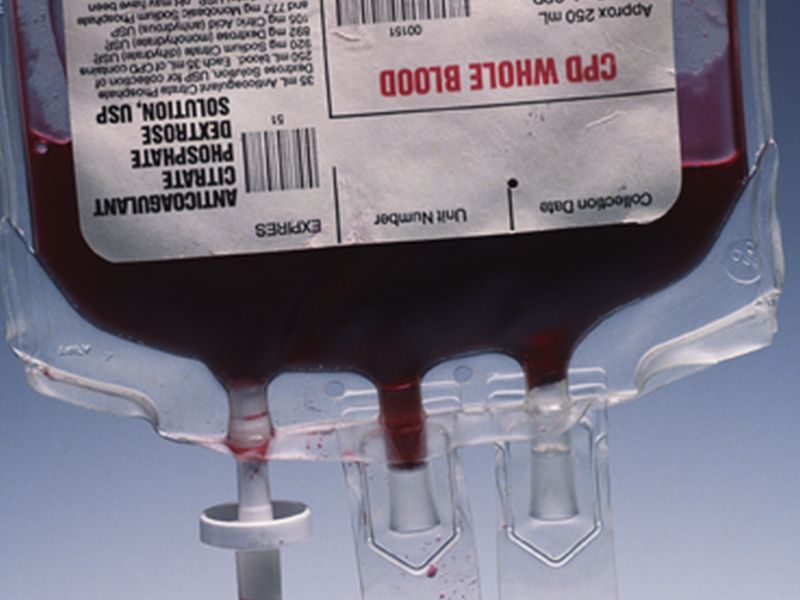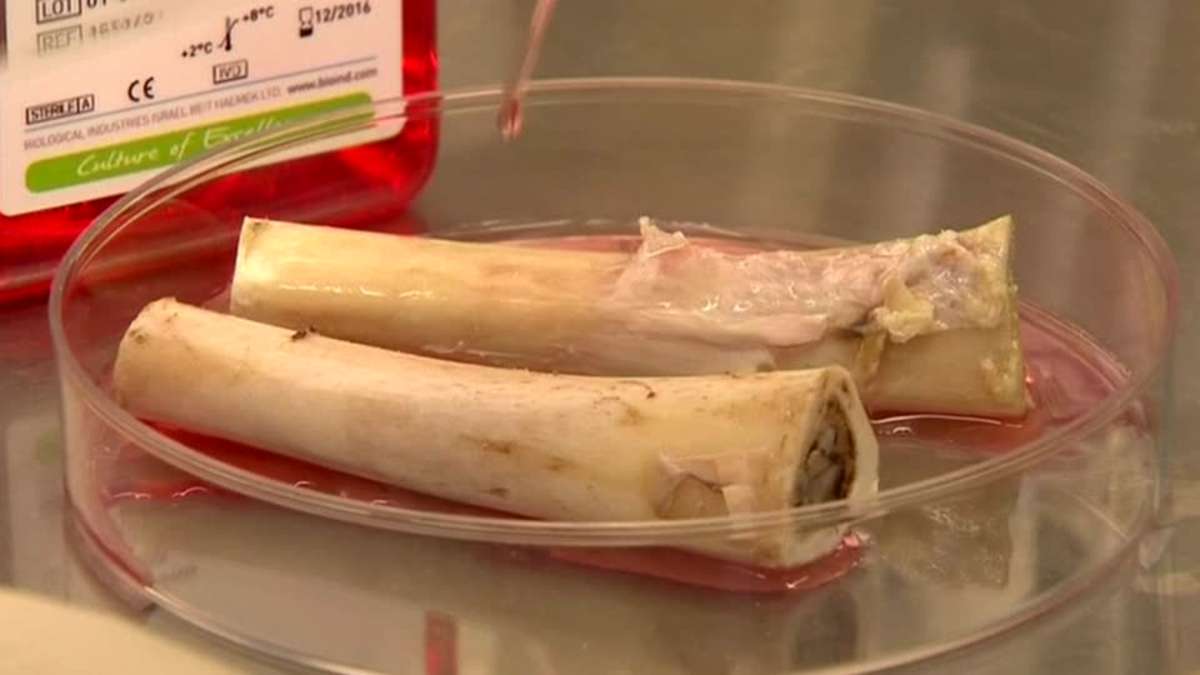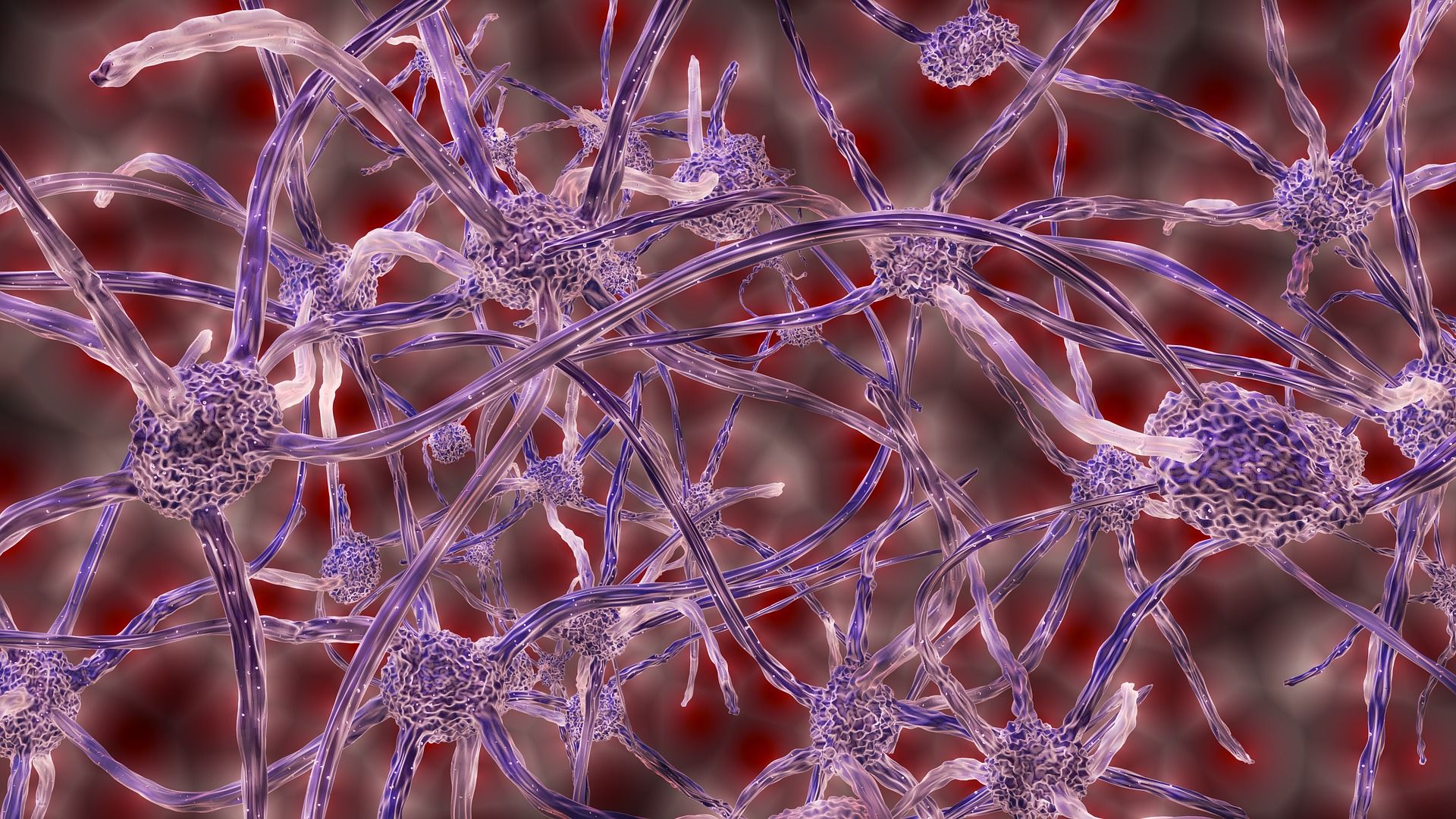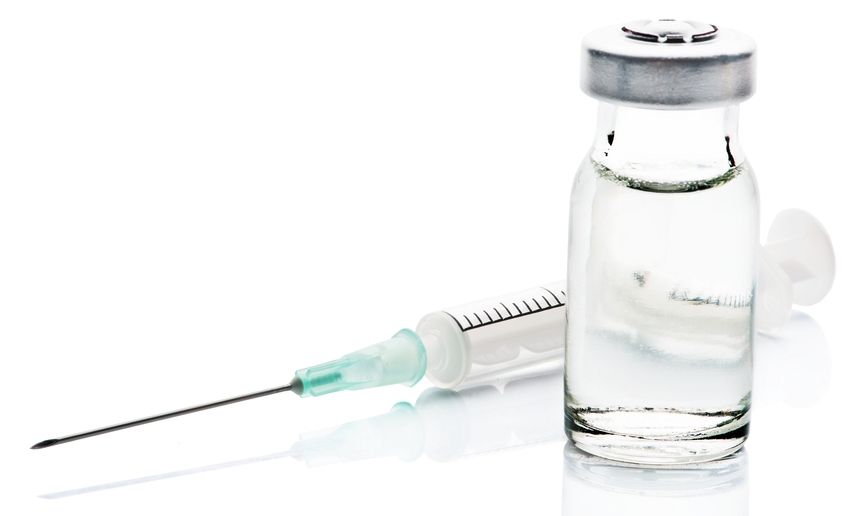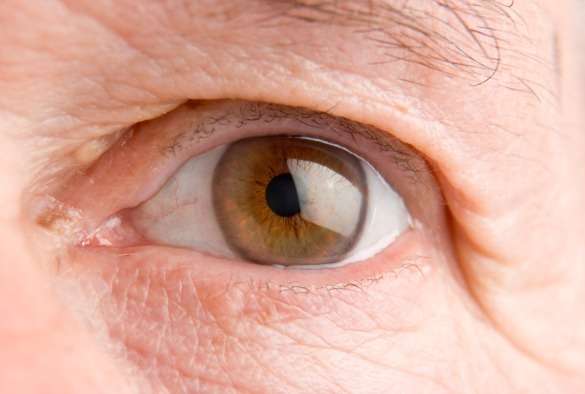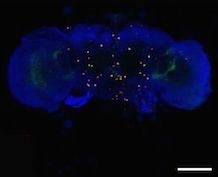The effects or Inflammation and the effect it has on the immune system are discussed in this article at FightAging!
With age, the immune system falls into a state of ever increasing chronic inflammation, a process known as inflammaging: the immune system is overactive, but nonetheless declines in effectiveness at the same time. Researchers here consider how inflammaging can damage the bone marrow stem cell populations responsible for generating immune cells, possibly the basis for a vicious cycle in which the failures of the immune system feed upon themselves to accelerate age-related damage and dysfunction.
Hematopoiesis is an active, continuous process involving the production and consumption of mature blood cells that constitute the hemato-lymphoid system. All blood cells arise from a small population of hematopoietic stem cells (HSCs) in the bone marrow (BM) that have two unique properties: self-renewing capacity, the ability to generate themselves, and multi-lineage differentiation capacity, the ability to produce all blood cell types. Since, in the steady state, most adult HSCs are in the G0 phase of the cell cycle, i.e., they are quiescent and are estimated to turnover slowly on a monthly time scale, daily hematopoietic production is mainly sustained by highly proliferative downstream hematopoietic progenitor cells (HPCs).
Aging of the hematopoietic system is represented by functional declines in both the adaptive and the innate immune system, an immunosenescence that leads to high susceptibility to infections, low efficacy of vaccinations, and increased vulnerability to the development of autoimmunity and hematologic malignancies. It has been show that (a) B cell production decreases significantly with advancing age, i.e., the naive B cell pool diminishes, while the memory B cell pool expands. Diversity of the B cell repertoire also decreases in association with lowered antibody affinity and impaired class switching. B cells are prone to produce auto-antibodies increasing the incidence of spontaneous autoimmunity; (b) de novo T cell production also declines with aging partially due to thymic involution.


